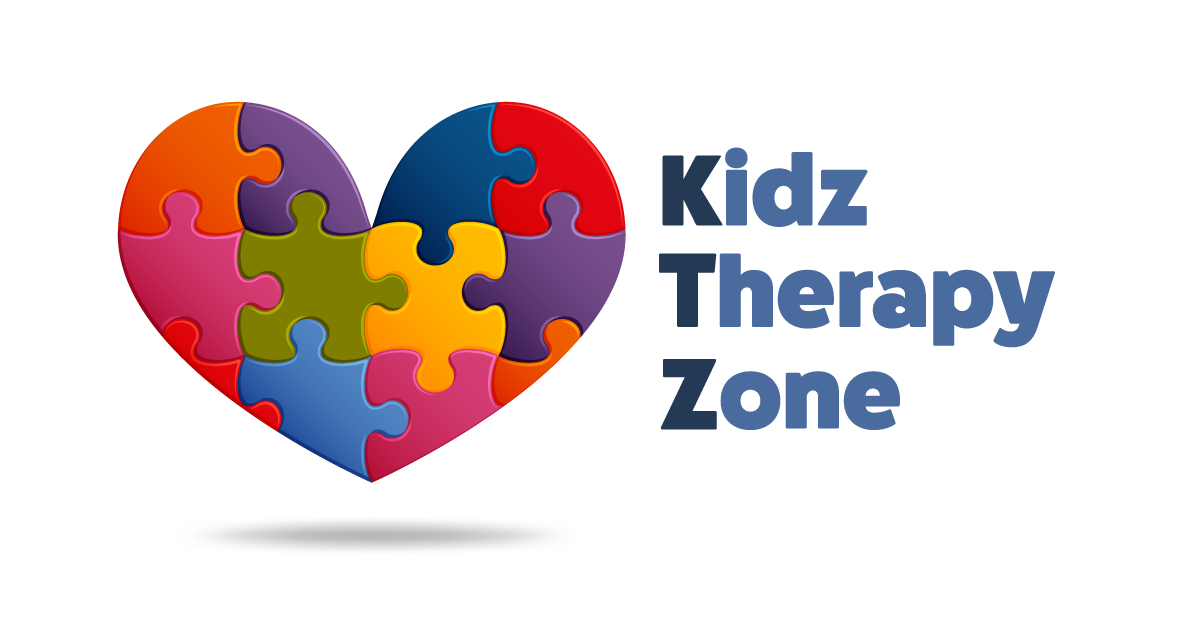Time Out: Is there an Alternative?
by Emily Garratt, BA, ITDS
In the UK (where I am from), time out was being phased out in the daycare system and a new approach was slowly being adopted. What is an alternative to time out?
Time out is used by parents (including me) to ‘teach’ the child a lesson, to provide the child thinking time to reflect on their behavior and actions. Unfortunately, this may result in a power struggle between the child and their caregiver, often leaving the child in tears, frustrated, dysregulated, angry. This approach often fails to achieve the desired outcome. Timeout can be ineffective in teaching skills required to maintain an emotional regulated state. Therefore the child may continue to display the behavior and become less able to control themselves. This approach does not enhance moral behavior or teach skills useful for conflict resolution (Laurance, 2004). This approach may be seen as short sighted and could potentially lead to long term problems. Finding an alternative to this approach where clear limits are set, and collaboration and conversations are encouraged, allows children to become active decision makers who figure things out for themselves.
What does time out teach the child?
Time out means isolation, it reinforces that if a child is having a difficult time, they will be on their own. Young children need adults to help them understand their feelings, to help them build skills that can help them change their behavior. Young children in timeout may feel rejection and it may give the message that when you are going through this emotional state, you must be alone. Conversely, you can only be with a caregiver when calm.
Studies (Siegal & Payne, 2014) have proven that repeated experience changes and alters the physical structure of the brain. Discipline is about teaching, not punishing, therefore interactions between the child and the adult are vital to help them understand and find alternative ways to communicate/react. Finding ways to teach children appropriate behavior is essential for their development. A phrase I have adopted is “What does the child need to learn, and how am I going to teach it”. This mindset allows adults to pause and reflect, and then teach what is needed for the child to learn. Allowing the conversations and collaboration to occur, it forges a connection with the child, enabling them to calm down. It also teaches them to pause and reflect on their behavior, by giving them the emotional literacy and the skills required to help them be successful in the environment.
So what’s the alternative?
- Learn & Talk about emotions; label them in the situation, “I can see your angry”.
- Teach clear and consistent boundaries free from blame, shame, and pain.
- Provide role models; children learn by imitating, if a child sees you being helpful sharing things and feelings, they will imitate you.
- Praise is essential, be specific when you praise the child for good behavior e.g. good sitting, they will soon learn which behavior is praiseworthy and encouraged. They will also feel good about themselves.
- Rule out basic developmental needs such as hunger, tiredness, boredom, developmental schemas or special or medical need.
- Connection builds compliance; connect before correction.
- Change the environment.
- Change the mindset, negativity breeds negativity.
- Provide a calming area, where a child can go to calm down but not sent to.
A wall, den, book corner etc.
- Teach the value of taking a break; it is ok for some alone time.
- Offer a choice to the child.
- Redirect the child’s attention or activity.
- Offer a hug.
- Talk to them when calm, offer alternatives, problem solve together.
Children have very intense but short-lived emotions (Eisenberg et al, 1990). They lack impulse control, we need to nurture rather than punish, we need to teach the social skills and how to express their emotions through play as we would teach children to walk and talk. As adults, we need to empower children to check in with their bodies when having those strong emotions so that they can respond to situations rather than react. Children need to calm their bodies and process their emotions so that they can problem solve, learn, and grow (Mincemoyer, 2016). For me, time out has evolved, and a new approach has proven to be much more effective. We as adults should be teaching not punishing, communicating not isolating, collaborating not rejecting. As an Early Years Advisor, I firmly believe that we adults are the role models. They learn so much from us, so let’s teach emotional control, communication, and acceptance.
References
- Eisenberg, N, Fabes, P & Miller, P (1990) Maternal Correlates of Children’s
- Vicarious Emotional Responsiveness. Developmental Psychology, 26, pg 639-648.
- Laurance, T (2004). The Hoffman Process: The world-famous technique that empowers you to forgive your past, heal your present and transform your future. Bantam.
- Mincemoyer, C (2016)> Talking with Preschoolers about emotions. Penn State University.
